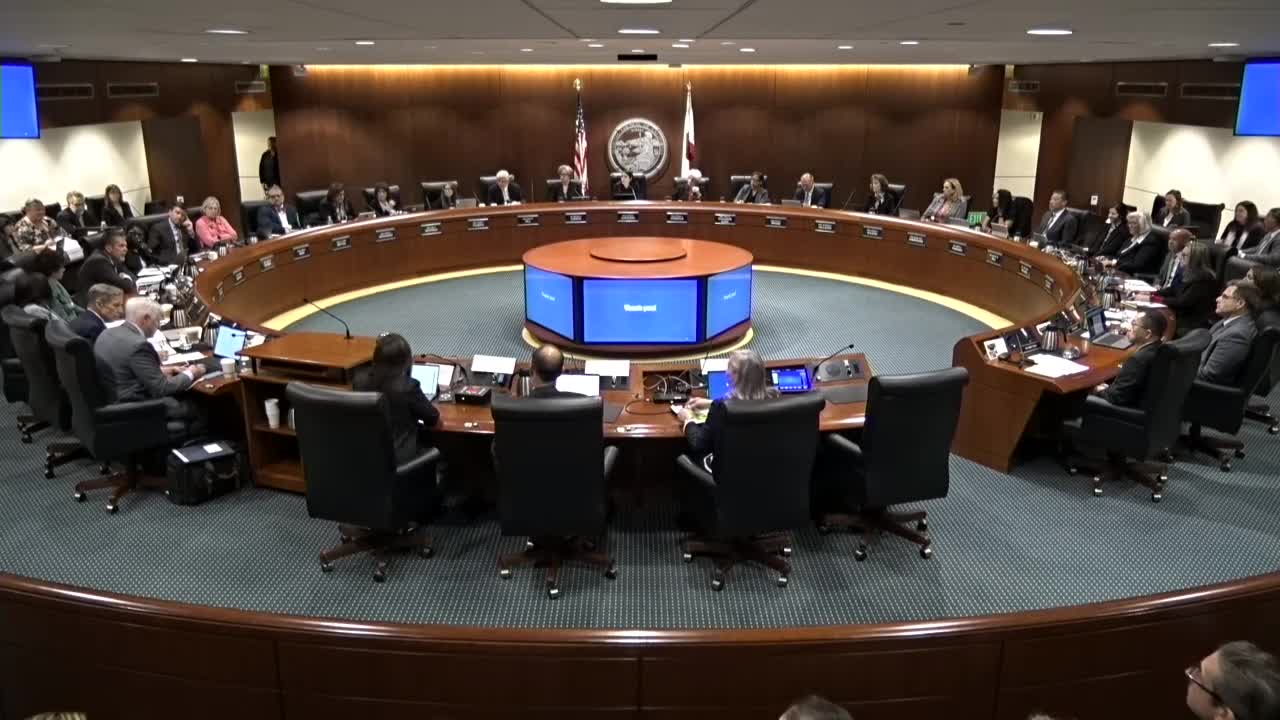Council reviews jury instructions, implicit-bias guidance and juror experience improvements
April 25, 2025 | Judicial Council of California, Judicial, California
This article was created by AI summarizing key points discussed. AI makes mistakes, so for full details and context, please refer to the video of the full meeting. Please report any errors so we can fix them. Report an error »

The Judicial Council heard updates April 25 on jury instructions, implicit-bias guidance and multiple initiatives to improve the juror experience, including updated plain-language instructions (KC and CALCRIM), a new implicit-bias instruction series, orientation videos, and jury-compensation pilot work.
Justice Adrian Grover (Advisory Committee on Civil Jury Instructions) described the plain-language evolution from older, legalistic formulations to KC and CALCRIM instructions and explained the committees' iterative release process (twice yearly; public comment). Presenters gave examples of language revisions that replace legalese with direct, person-first phrasing to improve comprehension for jurors and self-represented litigants.
Judge Jeffrey Ross summarized the committee's approach to an implicit-bias instruction developed with input from social-science experts; the instruction alerts jurors to unconscious bias, offers concrete deliberation tools (reflect on evidence; consider whether impressions would differ by age, race, gender, disability, accent; invite others' perspectives), and aims to educate without producing backlash.
Court executive representatives highlighted operational juror-experience improvements: a simplified postcard summons with QR capability, updated juror orientation videos (including an implicit-bias companion video), staggered reporting times, online juror portals, Zelle-based electronic per-diem payments pilot, improved jury assembly facilities, and the AB 1981 pilot studying increased juror compensation to improve diversity and participation. Presenters said early local reports suggest the compensation pilot may reduce hardship requests in lower-income counties; the Judicial Council will report results to the Legislature in September 2026.
Justice Adrian Grover (Advisory Committee on Civil Jury Instructions) described the plain-language evolution from older, legalistic formulations to KC and CALCRIM instructions and explained the committees' iterative release process (twice yearly; public comment). Presenters gave examples of language revisions that replace legalese with direct, person-first phrasing to improve comprehension for jurors and self-represented litigants.
Judge Jeffrey Ross summarized the committee's approach to an implicit-bias instruction developed with input from social-science experts; the instruction alerts jurors to unconscious bias, offers concrete deliberation tools (reflect on evidence; consider whether impressions would differ by age, race, gender, disability, accent; invite others' perspectives), and aims to educate without producing backlash.
Court executive representatives highlighted operational juror-experience improvements: a simplified postcard summons with QR capability, updated juror orientation videos (including an implicit-bias companion video), staggered reporting times, online juror portals, Zelle-based electronic per-diem payments pilot, improved jury assembly facilities, and the AB 1981 pilot studying increased juror compensation to improve diversity and participation. Presenters said early local reports suggest the compensation pilot may reduce hardship requests in lower-income counties; the Judicial Council will report results to the Legislature in September 2026.
View full meeting
This article is based on a recent meeting—watch the full video and explore the complete transcript for deeper insights into the discussion.
View full meeting
